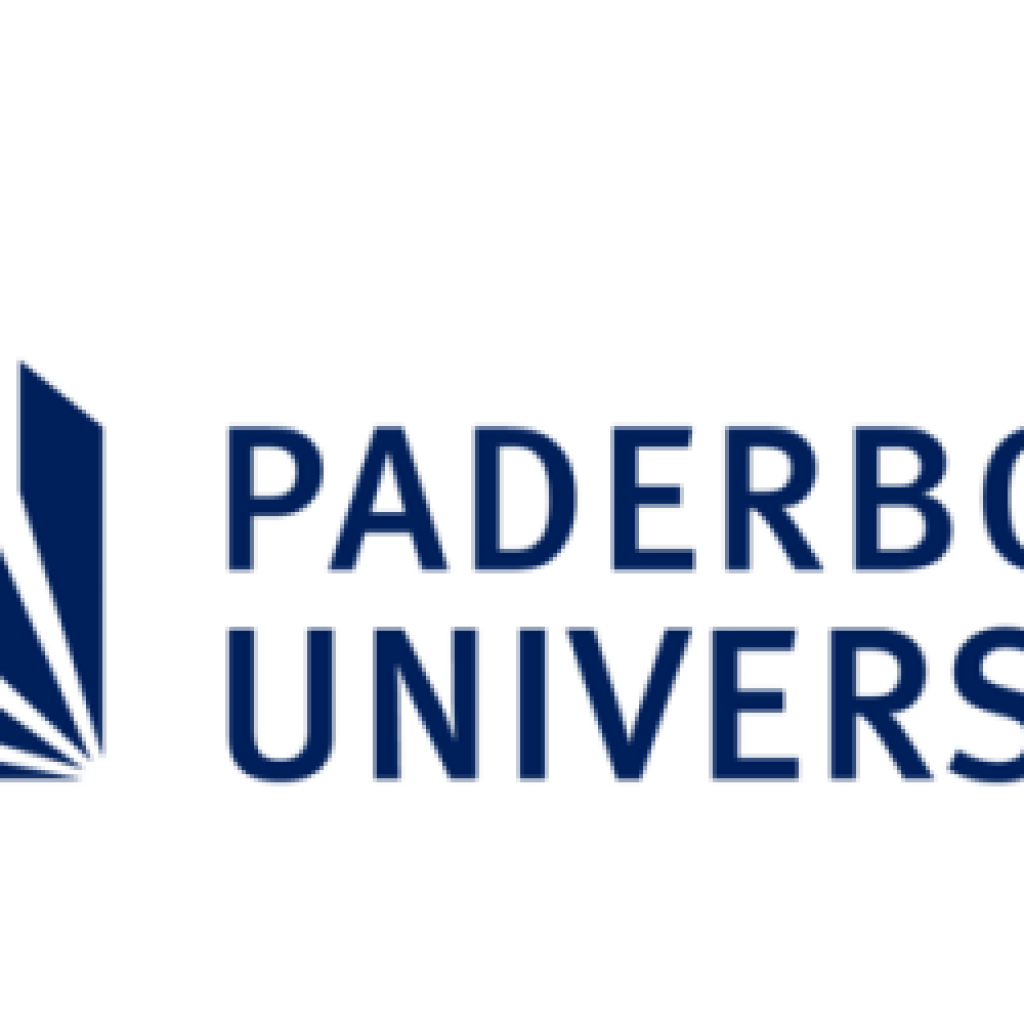(Phys.org) An international team of scientists, headed up by Paderborn physicist Professor Klaus Jöns, has compiled a comprehensive overview of the potential, global outlook, background and frontiers of integrated photonics. The paper—a roadmap for integrated photonic circuits for quantum technologies—has now been published in Nature Reviews Physics. The review outlines underlying technologies, presents the current state of play of research and describes possible future applications.
“Photonic quantum technologies have reached a number of important milestones over the last 20 years. However, scalability remains a major challenge when it comes to translating results from the lab to everyday applications. Applications often require more than 1,000 optical components, all of which have to be individually optimized. Photonic quantum technologies can, though, benefit from the parallel developments in classical photonic integration,” explains Jöns. According to the scientists, more research is required. “The integrated photonic platforms, which require a variety of multiple materials, component designs and integration strategies, bring multiple challenges, in particular signal losses, which are not easily compensated for in the quantum world,” continues Jöns. In their paper, the authors state that the complex innovation cycle for integrated photonic quantum technologies (IPQT) requires investments, the resolution of specific technological challenges, the development of the necessary infrastructure and further structuring towards a mature ecosystem. They conclude that there is an increasing demand for scientists and engineers with substantial knowledge of quantum mechanics and its technological applications.
Integrated photonics for quantum technologies
